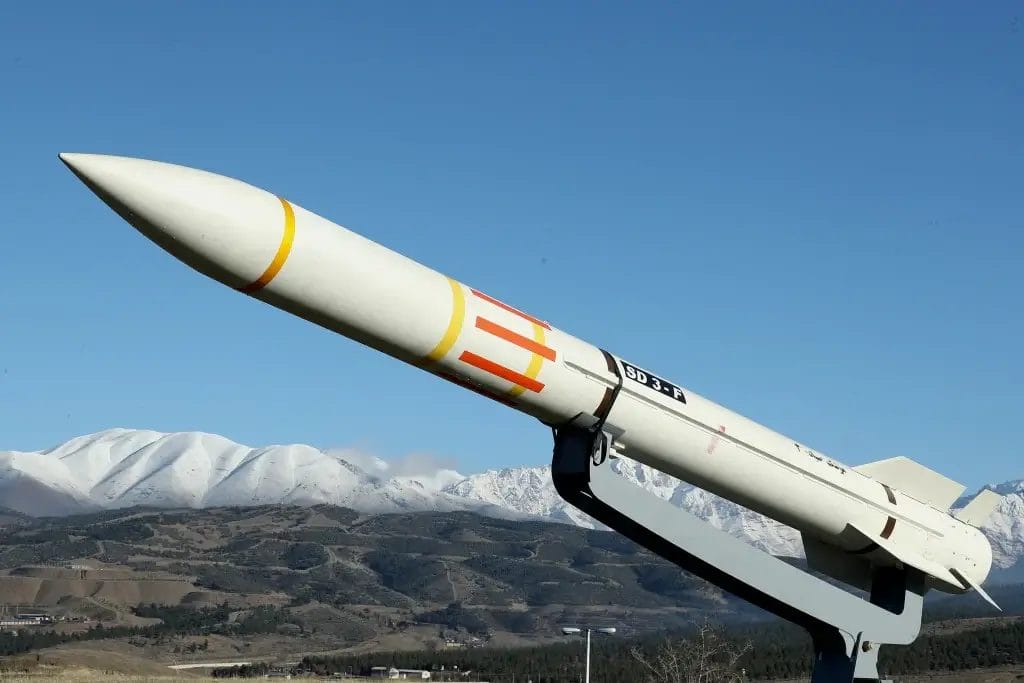
Last weekend, the US conducted a military air strike against the Iranian nuclear facilities of Natanz, Fordow and Isfahan. In spite of the use of the GBU-57 series MOP (Massive Ordnance Penetrator), a 13,600 kg class precision-guided “bunker buster” bomb, against these three nuclear sites, it is unclear how damaged the uranium enriching facilities are.
A leaked memo by US intelligence, which was reported by CNN and the New York Times, said that the damage was likely lower than had been expected, and was potentially limited in its effect. Reports by European intelligence and the Atomic Energy Agency (AEA) confirmed this assessment. In a recent interview given by Rafael Grossi, the head of the AEA of the United Nations, Grossi said that Iran may possibly be able to restart enriching uranium within months. There have been several reports suggesting that Iran had moved the enriched uranium (up to 408 kg) to different locations. The level of enrichment is reportedly close to 60%, not too distant from the 90% needed for the nuclear bomb.
Needless to say, US President Trump, who affirmed that Iran’s nuclear facilities had been “obliterated”, stated that these reports are all “fake news”. Pete Hegseth, the US Secretary of Defence, frontally attacked what MAGA defines as “legacy media” for spreading false news, which he claims is motivated by their “hatred” of Trump. Even if this were the case, other reports suggest that Iran now fears new attacks – potentially by Israel acting alone – on Isfahan, the only site where the MOP wasn’t used. Isfahan was instead hit by Tomahawks fired from US submarines.
It is likely that, as in every war, the truth lies somewhere in the middle. Most likely, the nuclear facilities have been severely damaged, but not obliterated. According to the MOP specifications, the ordnance is able to hit a target up to 40m under hard rock, while there have been suspicions that the uranium enriching facilities were around 100m underground. So, it is possible that the tunnels to reach the facilities have been destroyed, but not the facilities themselves. This may have pushed back the nuclear program by some time, but not terminated it.
Meanwhile, the Iranian regime is still intact, albeit severely weakened. After entertaining the idea of regime change, Trump made up his mind and said that this would cause “chaos.” Or more simply, the US would have to pay for the new regime, something that it is currently unwilling and potentially unable to do. Meanwhile in Iran, at the funerals for the heads of the Revolutionary Guard, people chanted anti-American and anti-Israeli slogans.
There are no signs of the type of uprising of the population against the leader of the Islamic Republic for a regime change to occur. The Supreme Leader Khamenei even said that the Islamic Republic has survived and is ready to continue its fight against the US. Potential successors, such as Reza Pahlavi Jr., who held a press conference saying he would be ready to lead a transition phase, have not generated the type of internal support for such an operation to be successful.
Where will things go from here? One would hope that Iran would give up its nuclear program after these events. But this is unlikely to happen. It would only accept doing so if China and Russia provide the type of “security guarantees” (including the nuclear umbrella) that would be considered sufficiently credible for Iran to give up its own program.
History however shows that regimes that do not possess the nuclear bomb themselves, and only rely on other countries’ umbrella, are eventually overturned (eg. Libya, Syria, Iraq, and Afghanistan, plus endless examples in Africa, Asia and Latin America. After all, Ukraine gave up its nuclear arsenal to Russia in 1994 with the Budapest treaty, trusting the security guarantees provided by the US and the UK. We know how that situation has evolved.